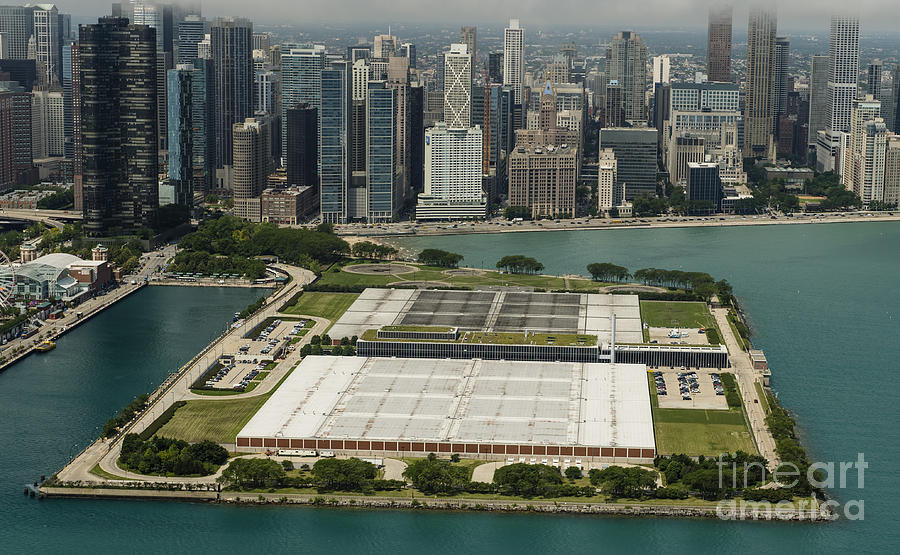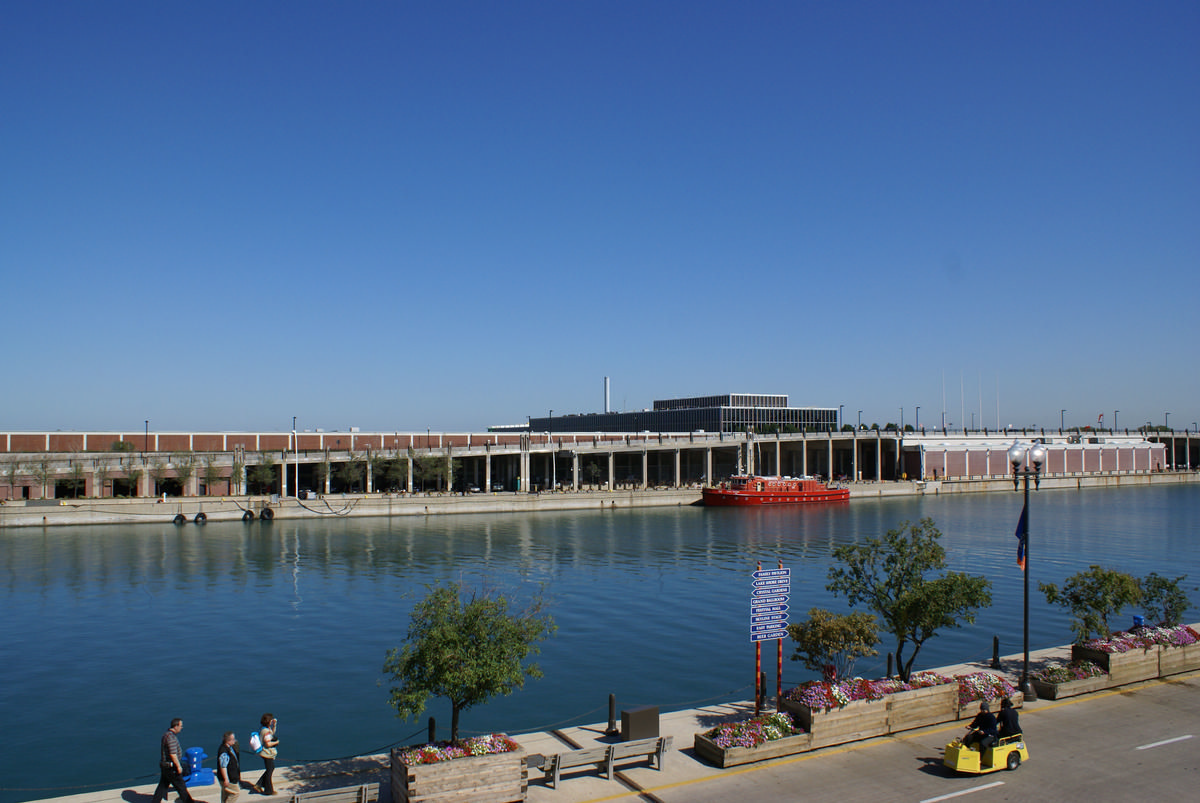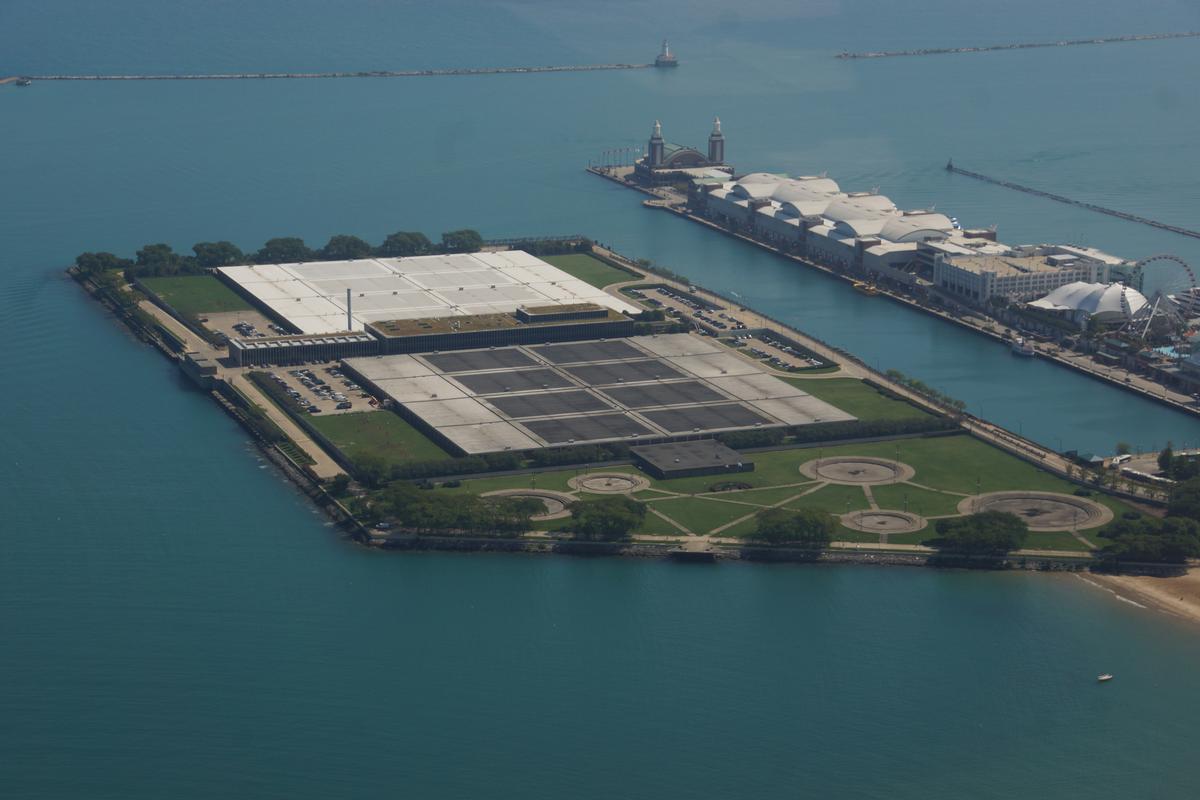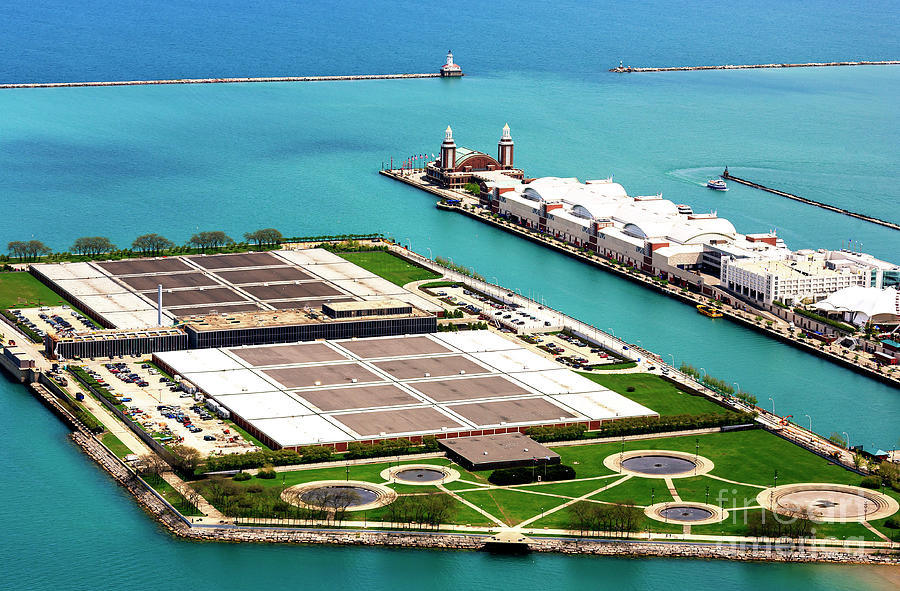Jardine Water Plant Chicago: Your Simple Guide to How It Works and Why It Matters

Step inside Chicago’s silent powerhouse—the Jardine Water Purification Plant—and you’re stepping into a living master class on how modern cities turn raw nature into life-sustaining magic. If you’ve ever wondered where your glass of water really comes from, or if you’re ready to go beyond the textbook basics and understand the why and how behind every drop, this guide will take you from rookie curiosity to genuine expertise. No fluff—just the real stories, numbers, challenges, and secrets that make Jardine not just a facility, but a marvel.

Key Concept #2: Not All “Clean” Is Equal
Back in 2013 during my first behind-the-scenes tour, I noticed operators obsessively testing samples from before AND after treatment—not just trusting machines alone. Why? Because sometimes clear-looking water hides invisible dangers like viruses or lead ions from ancient city pipes.
Key Concept #3: People Make It Work
A typical shift at Jardine involves:
- Chemists debating whether alum dosage needs tweaking after storms
- Engineers recalibrating pumps during power surges
- Maintenance crews climbing inside sedimentation tanks for hands-on cleaning
It’s not rare to overhear radio chatter like:
“Algae spike inbound from crib three! Increase polymer dose by point-five.”
4. Intermediate Skills: Avoiding Common Misconceptions
If you want to sound like an expert—or avoid classic mistakes at trivia night or during family debates—know these:
Myth-Busting:
- “All city water comes from one plant.”
- False! South Side neighborhoods rely on Sawyer Water Plant; redundancy ensures no single failure can disrupt supply citywide.
- “Once treated = always safe.”
- Not quite; old lead service lines can re-contaminate water post-treatment—which is why ongoing replacement programs matter so much.
- “Chlorine is dangerous.”
- At EPA-regulated levels (<4 mg/L), chlorine saves exponentially more lives than any risk it poses—a public health win since its adoption in early 1900s Chicago.
- “Water plants handle sewage too.”
- Nope! Wastewater goes instead to Stickney or Calumet plants before returning safely to rivers/lakes.
5. Climbing Higher: Advanced Innovations & Optimization at Jardine
Now we’re past basics—let’s geek out:
Real-Time Data Dashboards
Walk into Control Room B and you’ll see wall-to-wall screens tracking turbidity changes down to fractions of a Nephelometric Turbidity Unit (NTU). Operators react instantly—not hours later—to keep quality consistent no matter what Lake Michigan throws at them.
Example:
After a wild September thunderstorm in 2021 dumped tons of silt into intake zones overnight, staff boosted alum dosing within ten minutes based on sensor data alone—a move that kept tap water crystal clear citywide despite record sediment loads.
Redundancy Engineering
Every pump has a backup; every chemical line has dual feeds; even electrical systems are split across separate grids with diesel generators primed for instant switch-over if ComEd blinks during storms or heatwaves.
Pro Tip:
If you’re ever designing infrastructure yourself—study how redundancy at Jardine prevented outages even during the infamous Polar Vortex week in January 2019!

Green Moves That Actually Matter
Forget vague “eco-friendly” claims:
- LED retrofits cut lighting costs ~40% since rollout began in late 2017.
- Variable frequency drives save enough electricity annually to power over 500 homes.
- Composting all lab paper waste diverts over two tons/year from landfill.
6. Expert Tools & Resources For Deeper Learning
Want insider access? Here are my battle-tested favorites:
| Resource Type | Name/Link | Best For | Notes |
|---|---|---|---|
| Official Data | Chicago DWM | Current news/fact sheets | Gold standard source |
| Quality Reports | Annual Report PDF | Detailed test results | Dense but trustworthy |
| Virtual Tours | YouTube (“Jardine Plant virtual tour”) | Visual learners/process | Unofficial but vivid |
| Infrastructure Map | Sun-Times Map | Geographic context | May be slightly outdated |
| FOIA | City FOIA Portal | Deep technical docs | Allow weeks for response |
And don’t overlook direct contact! In prepping this piece I emailed DWM lab staff—they responded within two days with clarifying charts and even photos I could use for classroom demos!
7. Case Studies You Won’t Find Elsewhere
Let me share three moments that reveal how theory becomes reality:
A) Crisis Mode During Polar Vortex
January ‘19 saw wind chills plummet below –50°F (!). Demand soared as families left taps trickling overnight to prevent frozen pipes—but grid instability threatened pump operations.
Solution? Crews preemptively ran diesel generators before any blackout hit—a gamble that paid off when rolling brownouts arrived mid-morning but never touched critical systems.
B) Lead Pipe Replacement Rollout
In summer ‘22 I shadowed field testers checking post-replacement homes near Albany Park; their portable spectrometers flashed green almost instantly—which meant new copper lines were indeed keeping lead levels undetectable (<1 part per billion).
C) Science Class Tour That Changed Minds
In Spring ‘23 I watched fifth graders gasp as chocolate milk poured through sand columns turned clear again (“Whoa!”). Their teacher told me quiz scores jumped nearly double compared with previous years—all because theory met hands-on experience right there next to whirring centrifuges and gurgling tanks!
8. Troubleshooting Like An Expert: FAQ And Real Solutions
Ever hear these concerns?
“Why does my tap smell a bit off today?”
Usually seasonal lake turnover—or hydrant flushing nearby stirring up harmless sediments temporarily detected by your nose before your eyes see anything amiss!
“Isn’t chlorine bad long-term?”
EPA limits are set conservatively low; absence would mean outbreaks return overnight—as happened historically before chlorination became standard (~1910).
“Rusty color coming out?”
Almost always due to pipe work nearby—not unsafe but unsightly; run cold tap until clear returns (usually under five minutes).
“Where do I get actual test data for my block?”
Download latest annual report or call DWM directly—they’ll walk you through readings specific to your area code!
9. Level-Up Action Plan — From Curious To Confident Explainer
Pick your path:
For Personal Mastery
- Bookmark official DWM site + download latest quality report
- Watch an operator-led YouTube tour for visuals
- Jot down questions as you go—and email staff directly if stumped!
For School Projects / Presentations
- Use diagrams/photos from official resources
- Compare Chicago with another global plant (e.g., London’s Thames facilities)
- Script answers aloud—you’ll internalize concepts better than silent reading alone
Organizing Group Visits / Outreach
- Contact Public Affairs Office six+ weeks ahead
- Complete security paperwork promptly!
- Prep participants with core vocabulary (“flocculation,” “turbidity,” etc.)
- Debrief afterward using photos/test kit data gathered onsite
Seeking Advanced Knowledge?
Request technical datasets via FOIA—and let staff know if you’re considering engineering/science careers! My own early outreach yielded invaluable guidance…and even internship leads later on.
10. Beyond The Tour — Becoming An Everyday Infrastructure Ambassador
Mastery means seeing connections everywhere:
- Notice news about upgrades? Connect them back to process steps now familiar!
- Hear myths about tap safety? Gently redirect folks toward verified sources above.
- Encounter weird tastes/colors? Troubleshoot confidently—or call DWM armed with specifics rather than vague complaints!
And most importantly? Teach others what YOU now know—that behind every glass stands decades of innovation, vigilance, teamwork…and yes—a little bit of everyday wonder made routine thanks only to places like Jardine humming along quietly day and night.
So next time someone grumbles about their bill or wonders aloud about their drinking water, share one insight—and watch appreciation ripple outward further than any pipe could reach!
Stay curious,
keep asking,
and remember—
the real magic isn’t just in clean water itself,
but in our shared commitment never to take it for granted again.
Still thirsty for more insights? Scroll back up anytime—or reach out directly via links above! Mastery grows one question at a time…happy exploring!




